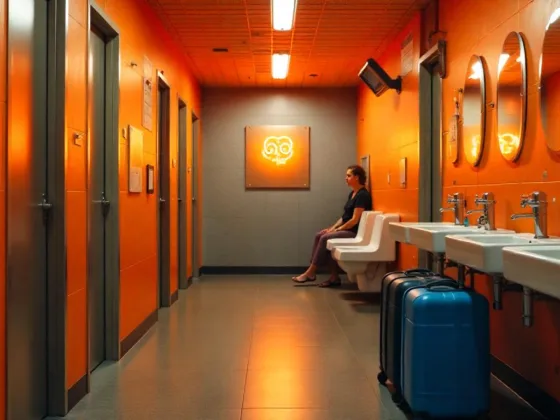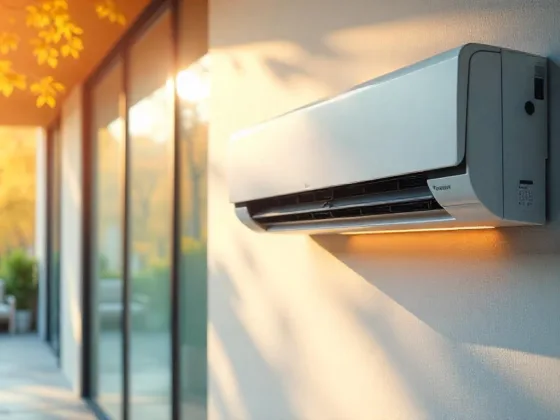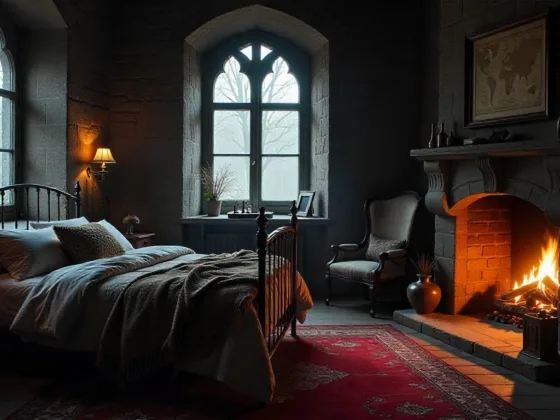Table of Contents Show
When remodelling your home, how you transform the walls can significantly affect the entire interior design. In some cases, decorative interior paint could work well to achieve the desired output and longevity. In others, wallpaper is the more cost-effective choice.

Whichever option you choose, remember that both paint and wallpaper can be excellent materials for beautifying your walls as each has its own merits. That said, the debate on which one is better solely depends on when and how you use them.
In the meantime, read on about the hacks of using wallpaper to make it a cost-effective material for your interior design.
7 Hacks for an Easy DIY Wallpaper Project
Anyone can hang wallpaper, but also needs a bit more know-how to make sure it’s installed straight and seamlessly with as little waste as possible. The following tricks can help you do just that.
1. First, Map Out the Room
Buying too much or too little wallpaper is anything but cost-efficient, so you must plan how much you’ll need for a certain project. To do so, you need to map out the room you’ll be working on first before buying the material.
To begin, lay out one full roll of your wallpaper from the corner where you plan to begin. Mark the wall using a pencil to measure where the edge of the roll ends. Then, slide the wallpaper down from that point and make another mark until you get a good picture of where every seam will be falling.
Do this repeatedly until you can have a good idea of how many rolls you’ll need while ensuring that you don’t have to cut too many small pieces in the process.
2. Start Working Away from the Door
You can begin wallpapering from anywhere in the room, but the most efficient spot to start is the farthest point from the door. This way, the seams won’t be entirely obvious since it would be located opposite the room entrance.
3. Hide the Final Seam When Working with Repeatable Patterns
Repeatable patterns are beautiful, but only when installed seamlessly. Want to know the best trick to achieve this? Put the last seam somewhere that it won’t easily be spotted, like the corner just above the door or entryway.
Read Also:
4. Start With a Clean Slate
Before hanging a wallpaper, make sure that you remove plate covers, light fixtures, and other things on the wall first. Then, fill holes, scrape off protruding cement, and sand the wall until it’s free of imperfections.
If an old wallpaper is in the way, you also need to remove it. Want to know the easiest and most time-efficient way to remove it? Follow the steps below:
- Score the wallpaper into smaller bits for easier removal.
- Combine equal parts of water and fabric softener and dab it onto the wallpaper.
- Leave it for around 15 minutes before you start peeling the bits and pieces off.
Here’s a pro tip: The hot air from your hair blower can help loosen any remaining glue from the wallpaper removal.
5. Don’t do Away With Those Paint Rollers
Paint rollers aren’t just good for applying paint. They also work well as paste applicators for your wallpaper.
Use a high-quality half-inch paint roller to roll glue on the walls. Be sure to use high-quality rollers as some lower-quality ones may leave fuzz balls all over the paper.
You can also use these tools to apply water onto prepasted wallpapers as submerging the panel in a tray can become a bit too messy and won’t guarantee uniform coverage.
6. Tear, Don’t Cut
Accidents can happen when you’re installing wallpaper.
In case the wallpaper gets ripped, don’t replace the entire thing altogether. Instead, patch it up with a small replacement piece.
For this to work, you need to tear the piece right off with your own hands. Don’t cut it out with a scissor. The ragged edge from a hand-torn piece can blend in with the rest better than one with sharp, straight cuts.
7. Wipe as You Go
Ever tried hanging a wallpaper only to find bulging portions on the areas you’re already done with? You can easily avoid those by wiping down the wallpaper. Doing this habitually while installing wallpaper also removes any residual paste.
Aside from wiping, you can also avoid bubbles by squeezing out too much adhesive using a roller or smoother. Just remember not to press too hard to avoid squeezing out too much of the glue from underneath the wallpaper.
Beyond the Wall: Other Ways to Use Wallpaper
A wall makeover isn’t the only thing that merits a trip to wallpaper shops in Dubai. Below are other ways to use this nifty material in your interior design:
8. Striking Doors
If the door to your room is starting to look a bit boring, don’t fret; you can always use wallpaper to brighten it up.
You can do this in two ways: cover the door completely with wallpaper or inset the patterned piece in its carved sections. Whichever way you do it, you’ll get a stunning entrance to your space that could serve as a worthy preamble to a carefully curated interior design.
9. Wallpaper Art
Can’t afford expensive pieces from popular artists? Make your own even without using a canvas by framing decorative wallpapers and hanging them on your walls.
You can choose to frame one big piece or several smaller ones that connect. If you choose the latter, make sure that you arrange them in your interior in a way that makes sense (e.g., putting continuous scenery prints side by side).
10. Hanging Scrolls
Aside from framing, hanging clean-cut wallpapers would also make a fine decorative element to your interior design.
Simply attach strips of wallpaper to dowels and strings to make decorative scrolls. Then hang and balance them on a wall hook. You can make several ones from different wallpaper designs that you can swap out whenever you like.
This is also the perfect solution when you find yourself torn between several wallpaper designs you love and otherwise bare walls in need of décor.
11. Table Topper
You’ve probably heard of the bookshelf and drawer wallpaper trick, but have you tried using this versatile design material on a table?
Spruce up your coffee or dining table with a decorative wallpaper by sandwiching it between the table surface and a piece of glass. The best part is, you can switch out the paper anytime you wish to change up the table design to match the interior.
Save With Wallpaper
Great savings come with wallpaper, but not just because it has lower upfront costs.
With the help of these hacks, you can also save on wallpaper installation, ensure longevity, and design your home like a pro.
Author Bio:
James Prathap is the General Manager at NGC Nafees, one of the leading distributors of wallpapers, floorings, and fabrics in the Middle East and South Asia. Formed three decades ago, the business also offers high-quality panoramics, coordinated fabrics, and creative stickers for residential and commercial projects.










